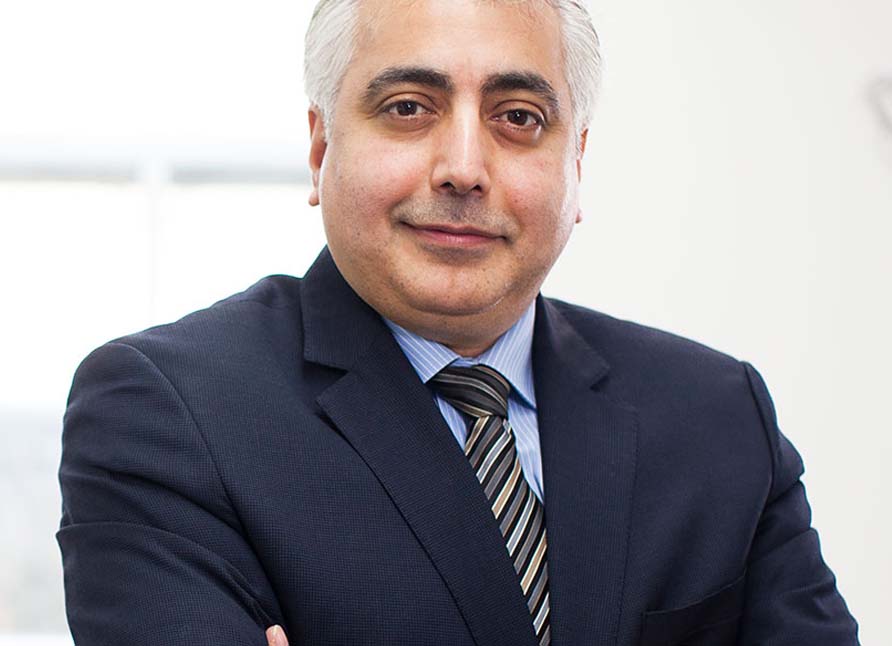 28th August 2019
28th August 2019
Identifying the Different Types of Acne Scarring
Puppy love, pushing the boundaries of fashion, and sleeping until noon are all fond memories of our teenage years; however, there are some things we wish we could forget, like acne. Acne is a common skin condition among teenagers, affecting 80% of the population to some degree between the ages of 11 and 30. An increase in the skin’s production of oil and blocked hair follicles leads to spots, blackheads and inflammation. For one in five of those who have suffered from the condition, simply forgetting teenage acne is not an option – even after it subsides, noticeable scarring remains, leaving a lasting effect not only on the complexion, but the self-esteem and mental health of the sufferer.
Types of Acne Scars
Acne Scarring can take on several different forms, but the four most common types are Ice Pick, Boxcar, Rolling, and Keloid scars.
- Ice Pick scars look just how they sound – like the skin has been pierced by something thin and sharp. The scars leave small holes that extend deep into the dermis.
- Boxcar scars are round depressions with sharp edges. They are wider than ice pick scars and give the skin a pitted look.
- Rolling scars cause a wave of indentations across the skin. They are defined by their sloping edges and cause the skin to look uneven.
- Keloid scars are raised lesions of scar tissue that have grown above the surface of the skin.
Treating Acne Scars
Unfortunately, over-the-counter lotions and products are not powerful enough to combat acne scarring. Seeking professional help from an acne scarring specialist is your best option. Even then, treatments which improve the look and texture of your skin will depend on the type of acne scarring you have.
Subcision treatment is a microsurgical technique which uses a special needle to manually break down the scar tissue which anchors down pitted skin. Blood accumulates at the treated area, preventing the scar from reattaching. Subcision treatment is performed in clinic, treats most types of scars, and results are instant.
Deep acne scars can be injected with Dermal Fillers to raise them to the surface of the skin. This reduces indentations, giving the skin a smoother, more natural look. Dermal fillers are effective in improving the appearance of most types of scars, particularly rolling scars. Results are instant and improve over the following weeks.
Laser Resurfacing uses a laser to remove the upper layers of skin affected by acne scarring. As well as revealing newer cells, laser resurfacing heats deeper skin layers, promoting collagen production. Laser Resurfacing is an incision-free treatment that helps reduce the appearance of acne scarring and discolouration.
Book Your Appointment with Acne Scar Specialist, Dr Firas Al-Niaimi
Most people have more than one type of scarring, so you may need to consider trying a combination of treatments. Book a consultation with acne scarring specialist, Dr Firas, to review your best options. He can assess your specific skin condition to prescribe the optimal treatment for you.
Back to blog





